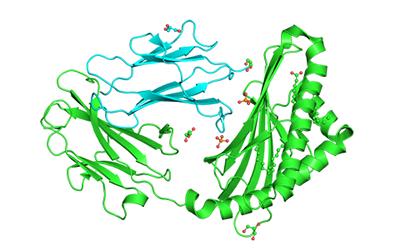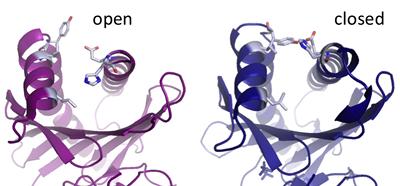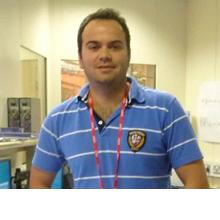Southampton collaboration reveals new insights into the human immune system

University of Southampton scientists have come up with new insights into the human immune system, which could eventually hold the key to developing diagnostic tools and new therapeutic interventions for cancer, autoimmune conditions such as rheumatoid arthritis and bacterial infections such as lime disease and tuberculosis.
An interdisciplinary collaboration, involving biological scientists and chemists as well as medical researchers at the University has discovered more about how the immune system presents cholesterol fats such as the lipid cholesteryl ester to T lymphocytes. The fruits of their nine years of research, have now been published in the academic journal Proceedings of the National Academy of Sciences (PNAS) and centre on the CD1 molecules, found in human blood and tissues.

The research began in 2007 in the group of Professor Stephan Gadola in Medicine and continues under Dr Salah Mansour.
At Southampton’s Centre for Biological Sciences, crystallography was used to reveal the molecular architecture of CD1c in 2011. “Crystallography allows us to get an image of our biomolecules at an atomic resolution to understand how they fit together,” explains Dr Ivo Tews. "This helps to define how lipid antigen presentation by CD1c works". In Chemistry, the groups of Professors Jon Essex and Chris Skylaris have used the atomic model to test a number of different lipid classes in computer simulations. The final identified cholesteryl esters were verified by Dr Mansour as true CD1c ligands.
Links to external websites
The University cannot accept responsibility for external websites.



